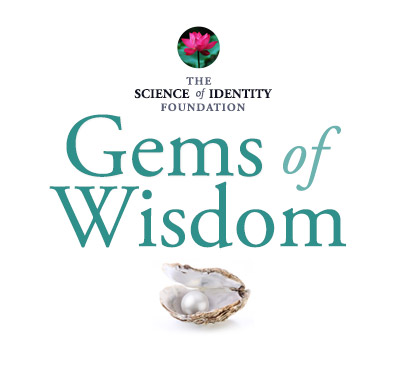Quotes from Jagad Guru
Siddhaswarupananda Paramahamsa books & teachings & lectures
Siddhaswarupananda Paramahamsa books & teachings & lectures
HISTORY OF VAISHNAVISM
The history of Vaishnavism stretches back to the beginning of time itself. Today we find that there are four main Vaishnava sampradayas (disciplic lines) still in existence, each tracing their roots to prominent personalities mentioned in the Vedas. The four successions are known as the Sri Lakshmi sampradaya, Rudra sampradaya, Kumara sampradaya, and the Brahma sampradaya. Srila Veda Vyasadev, the compiler of the Vedas, is an acarya in the Brahma sampradaya. In more recent times, from 1017 AD through 1137 AD, these sampradayas saw the emergence of four powerful preachers; Ramanuja Acharya, Nimbarka Acharya, Vishnu Swami, and Madhva Acharya, each lending their name to one of the sampradayas.
These four personalities gained much fame in their opposition to and the refutation of the advaitavada or impersonal teachings of Shankaracharya as well as the other atheistic or impersonal schools of thought. The list of great personalities who have appeared on this earth over the past thousands of years is too voluminous to mention here. They all, however, shared something in common; they explained the Vedas showing the glory of God’s love for all living beings and the glory of the path of loving service (bhakti yoga), which is capable of uniting the fallen souls of this material world with their Supreme Lord, by awakening in them their eternal constitutional position and function.
